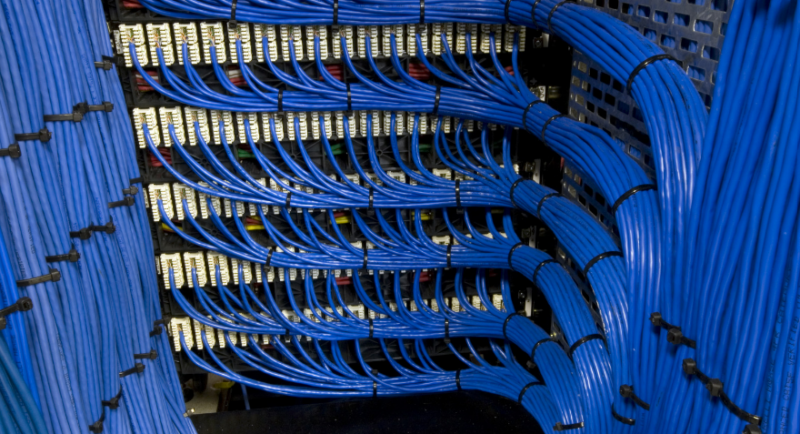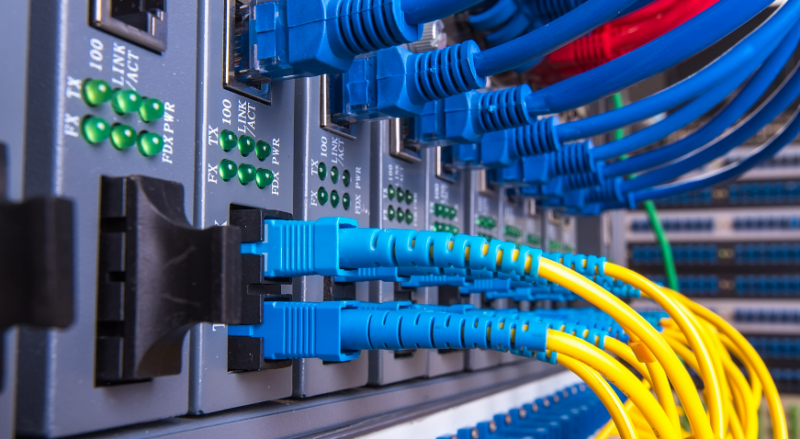Stepping into the world of data center cabling is like exploring the intricate neural connections of a supercomputer. In today’s digital age, where data is the new currency, the backbone of seamless information flow lies in the meticulous design and implementation of cabling systems. From fiber optics to Ethernet cables, every connection plays a vital role in ensuring the smooth operation of data centers.
As I delve into the realm of data center cabling, I unravel the critical components that keep our digital infrastructure running efficiently. The precision in cable routing, organization, and maintenance is not just a technical necessity but a strategic advantage for businesses seeking uninterrupted data transmission. Join me on this journey through the labyrinth of data center cabling, where every twist and turn holds the key to optimized performance and reliability.
Data Centre Cabling

In data centers, cabling plays a vital role in ensuring seamless information flow. By understanding the intricacies of data center cabling, I can appreciate how meticulous design and implementation are essential for optimal performance. Components such as fiber optics and Ethernet cables are the backbone of data center networks, facilitating high-speed data transmission.
It’s crucial to recognize that cable routing, organization, and maintenance are not just technical requirements but strategic advantages for businesses. Properly organized cabling not only enhances operational efficiency but also minimizes the risk of downtime, ensuring uninterrupted data transmission.
Importance of Efficient Data Centre Cabling
Ensuring efficient data center cabling is crucial for seamless information flow in today’s digital landscape. Meticulous design and implementation are key to the smooth operation of data centers. Components like fiber optics and Ethernet cables play a pivotal role in this process.
Proper cable routing, organization, and maintenance are not only technical necessities but also strategic advantages for businesses aiming for uninterrupted data transmission. By optimizing cable layouts and following best practices in cabling management, I can help businesses achieve reliable and high-performance data center operations.
Efficient data center cabling minimizes the risk of network downtime, which can result in significant financial losses and reputational damage for organizations. Moreover, well-organized cabling systems facilitate easier troubleshooting and maintenance, reducing overall operational costs.
Types of Data Centre Cabling

Discussing the types of data center cabling is crucial for ensuring the smooth operation and efficiency of networks. When it comes to data center cabling, various types serve different purposes, each with its own benefits and applications. Here, I’ll outline some of the most common types of data center cabling to give you a better understanding of their roles:
- Fiber Optic Cables: Fiber optic cables use light to transmit data, offering high-speed and reliable connectivity over long distances. They are ideal for high-bandwidth applications and are known for their immunity to electromagnetic interference.
- Ethernet Cables: Ethernet cables are widely used for local area networks (LANs) and provide connectivity within shorter distances. They are available in various categories like Cat5e, Cat6, and Cat6a, each offering different speeds and performance levels.
- Coaxial Cables: Coaxial cables are commonly used for cable television and internet connections. They consist of a copper conductor surrounded by insulating material and a conducting shield, providing good transmission quality.
- Twisted Pair Cables: Twisted pair cables are made up of pairs of insulated copper wires twisted together to reduce interference. They are commonly used in Ethernet networks and come in two main types: unshielded twisted pair (UTP) and shielded twisted pair (STP).
- Power Cables: Power cables provide electrical power to various devices within the data center. They are essential for ensuring that servers, switches, and other equipment receive the necessary power to function properly.
Understanding the different types of data center cabling enables businesses to select the most suitable options based on their specific requirements. By choosing the right cabling solutions, organizations can enhance the performance, reliability, and scalability of their data center networks, ultimately supporting seamless operations and optimized data transmission.